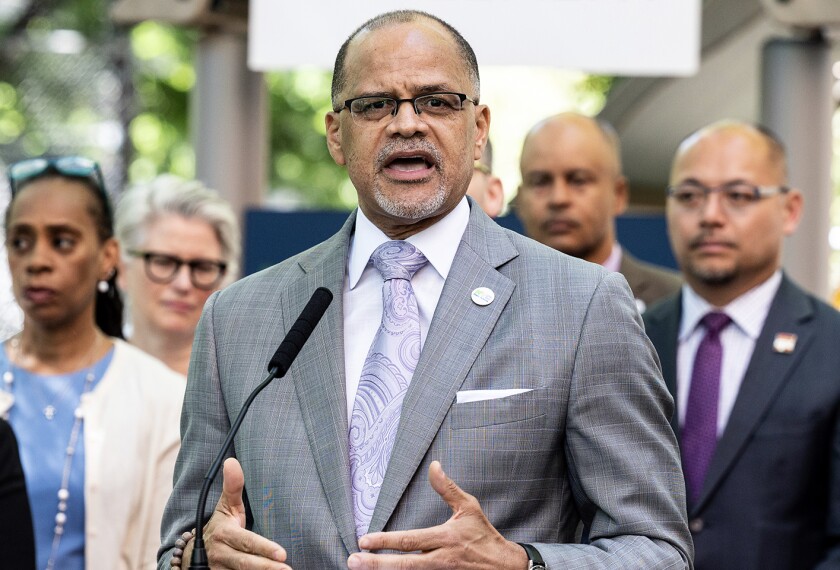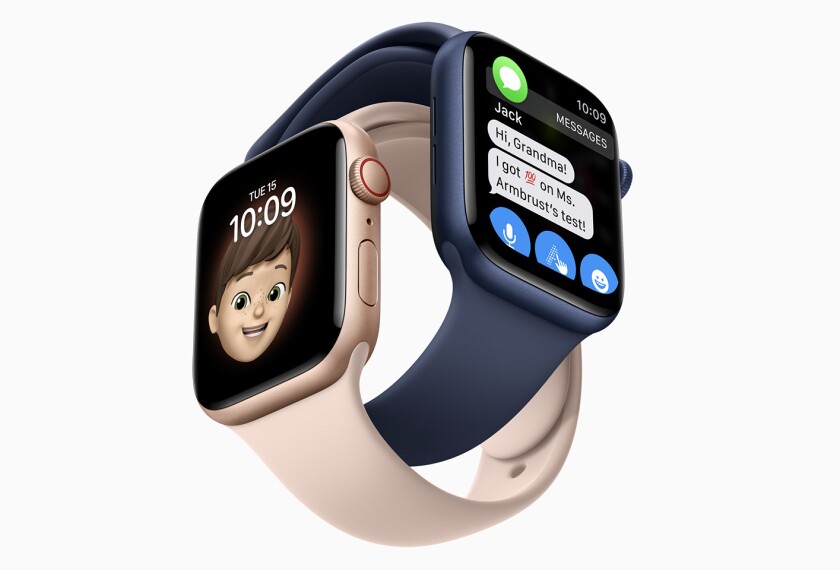The Federal Communications Commission on Monday took the first step toward possibly reversing its longstanding position that funds from the federal E-Rate program can’t be used to help with internet access in students’ homes.
The FCC is formally requesting comments on expanding the E-Rate program to help school districts more comprehensively address the digital divide that has kept millions of students from continuous instruction while learning from home during the pandemic.
The request for comments includes questions about which types of devices would be most useful for students who are learning at home; what guidance the FCC should provide to ensure that school districts are getting a bargain when making tech purchases; and whether the FCC should reimburse schools for purchases they’ve made in the last year to address these issues.
Equity is also a focus of the request for comments: “How can the Commission ensure that available funds are efficiently targeted and focused on the needs of rural students; Native American, African American and Latinx students; students with disabilities; and other populations of students that are [disproportionately] affected by the Homework Gap or are more expensive or difficult to reach?”
The request mentions that using E-Rate funds for off-campus purposes isn’t without precedent. The commission in recent years has allocated funds from the program for residential areas surrounding schools that serve students from Native American tribal lands or students with medical needs.
The deadline to file comments is Feb. 16.
The commission’s E-Rate program, established in 1996, has sent billions of dollars to school districts for expanding Wi-Fi access in school buildings. When the pandemic forced the vast majority of U.S. students to learn remotely last spring, a wide range of advocates urged the federal government to grant permission to use E-Rate funds for home connectivity as well.
Ajit Pai, then chair of the FCC, repeatedly rejected those requests, arguing that the law dictates E-Rate funds must be used for “classrooms,” not private residences.
But Pai, a Republican who was appointed by former President Trump to the commission in 2017, resigned in November in anticipation of the new presidential administration. Upon taking office, Joe Biden appointed Jessica Rosenworcel, a Democrat who has served on the commission since 2012, to serve as interim chair.
Rosenworcel has been among the strongest advocates arguing—including in the pages of Education Week—that the FCC should take a more active role in addressing the digital divide.
“Navigating the politics of the moment and the logistics of even a partial reopening of in-person instruction are complicated,” she wrote along with former U.S. Secretary of Education John King last summer. “We need to start now, so that every student has a fair shot at getting the connection and content they need to continue learning during this crisis.”
The FCC’s latest move follows an executive order from Biden last month that encourages the commission to ramp up its efforts to provide internet access to as many students as possible. Ed-tech advocates have expressed cautious optimism that the Biden administration will take more aggressive action in the coming months to close what remains a significant gap between Americans who have robust internet access at home and those who don’t.







